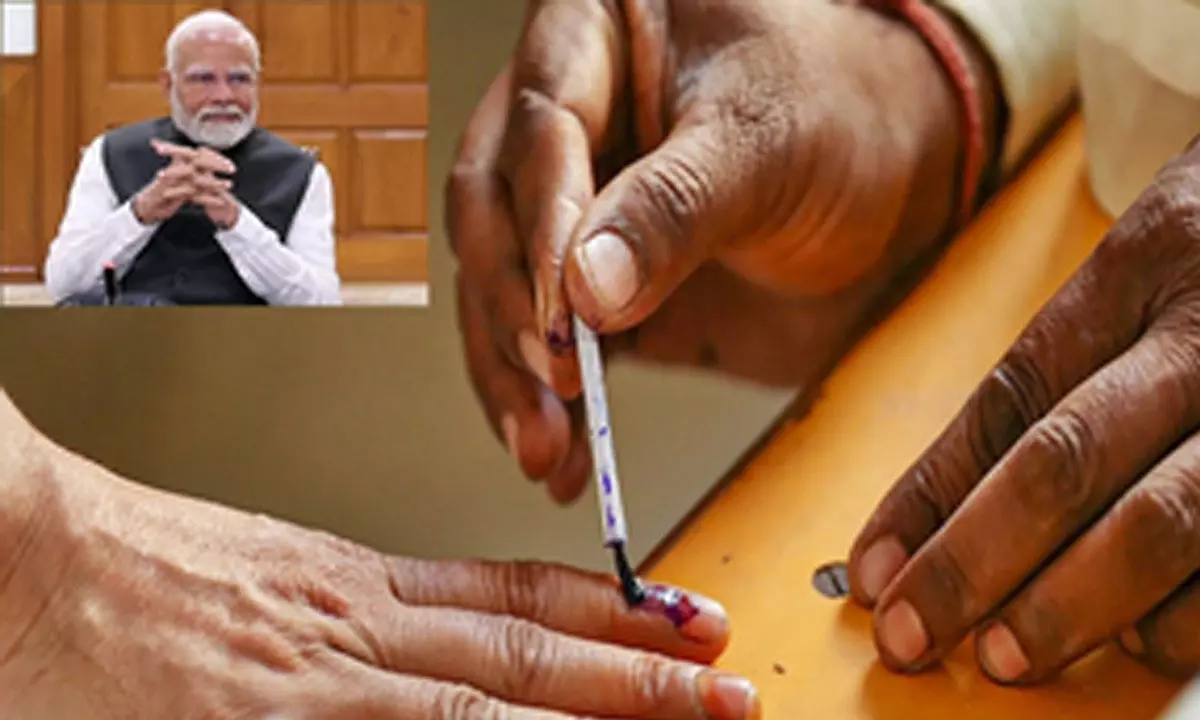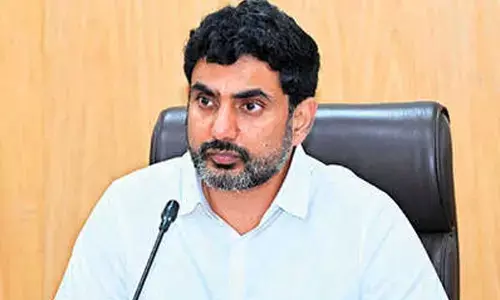Understanding 'One Nation, One Election': What it means for India's electoral future
Share :

The Narendra Modi government has approved the report from a high-level panel led by former President Ram Nath Kovind on the concept of 'One Nation, One Election' (ONOE).
New Delhi: The Narendra Modi government has approved the report from a high-level panel led by former President Ram Nath Kovind on the concept of 'One Nation, One Election' (ONOE).
A bill to implement simultaneous elections is expected to be introduced in the upcoming Winter session of Parliament. This initiative aims to synchronise Parliamentary and Assembly elections, which has been a part of the Modi government’s 100-day agenda.
Prime Minister Modi has frequently emphasised the need for this system, arguing that the country incurs significant costs and disruptions from ongoing election seasons.
The panel submitted its report in March, recommending that the Election Commission of India (ECI) work with state election authorities to create a common electoral roll and voter ID cards.
The Kovind-led committee argued that simultaneous elections would conserve resources, eliminate electoral interruptions, and align with the vision of "India, that is Bharat."
The idea of simultaneous elections dates back to the 1980s, and the last time such elections were held was in 1951-52, 1957, 1962, and 1967, before being disrupted by the early dissolution of some assemblies.
To help readers understand this initiative better, IANS presents an explainer on 'One Nation, One Election.'
What is ONOE
In simple terms, 'One Nation, One Election' means that all Indians would cast their votes for both Lok Sabha and Assembly elections in the same year, if not simultaneously.
Currently, only a few states, such as Andhra Pradesh, Sikkim, and Odisha, have elections for a new state government coinciding with the Lok Sabha elections. Most states, including Karnataka, Madhya Pradesh, Rajasthan, Haryana, Jharkhand, Maharashtra and Telangana, follow a staggered five-year election cycle, with elections held at different times.
Implementing a synchronised electoral cycle presents various challenges, including logistical and financial issues, as well as constitutional and practical hurdles.
Why Is the government advocating for 'One Nation, One Election'?
The government has previously highlighted several potential benefits and challenges. The government is of the view that conducting simultaneous elections could lead to significant financial savings.
This approach would reduce the need for deploying poll officials and security forces multiple times a year, thereby lowering costs for both the public exchequer and political parties during campaigns.
Holding elections at different times, according to the government, results in the Election Code of Conduct being in effect more frequently. This situation can hinder the implementation of welfare schemes by both central and state governments. The government also believes that a single election could enhance voter turnout, which currently varies widely between states and even during general elections.
How can it be implemented?
Implementing 'One Nation, One Election' would require an amendment to the Constitution, which must be ratified by the governments of all states and union territories, as well as potentially by major political parties.
Legal experts have cautioned that without amending certain key Articles, the proposal could face legal challenges regarding its compliance with India's federal structure.
One of the significant challenges is determining how to proceed if a state government or the central government is dissolved or faces a no-confidence motion before its term concludes. It would be impractical to mandate that all other states hold fresh elections in such a scenario, complicating the synchronisation of electoral cycles.
Poll panel's 2015 report
Nine years ago, the Election Commission of India (ECI) submitted a feasibility report on the 'One Nation, One Election' concept. In this report, it proposed that if a no-confidence motion were to pass, the process should include the nomination of a new Chief Minister or Prime Minister to take over immediately, requiring the new leader to face a confidence vote right away.
Moreover, in the event of early dissolution of a government, the report recommended holding a short-term election solely to establish a government for the remainder of the term. Several measures were proposed, including the extension or shortening of terms to help synchronise electoral cycles

















